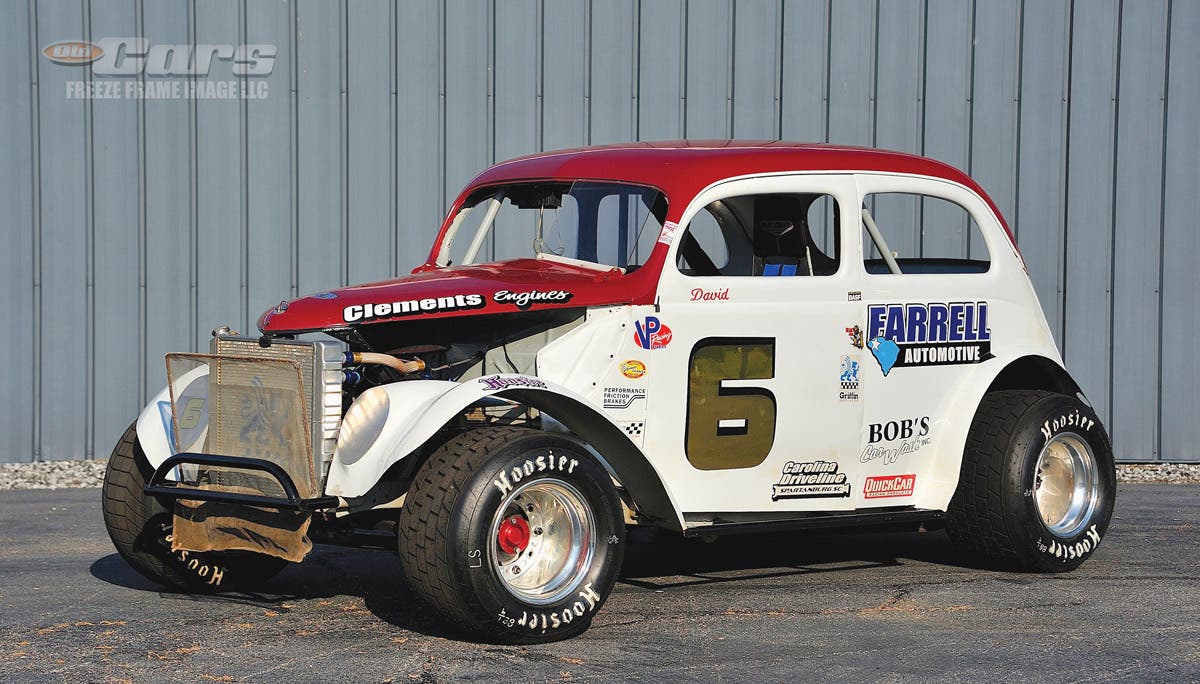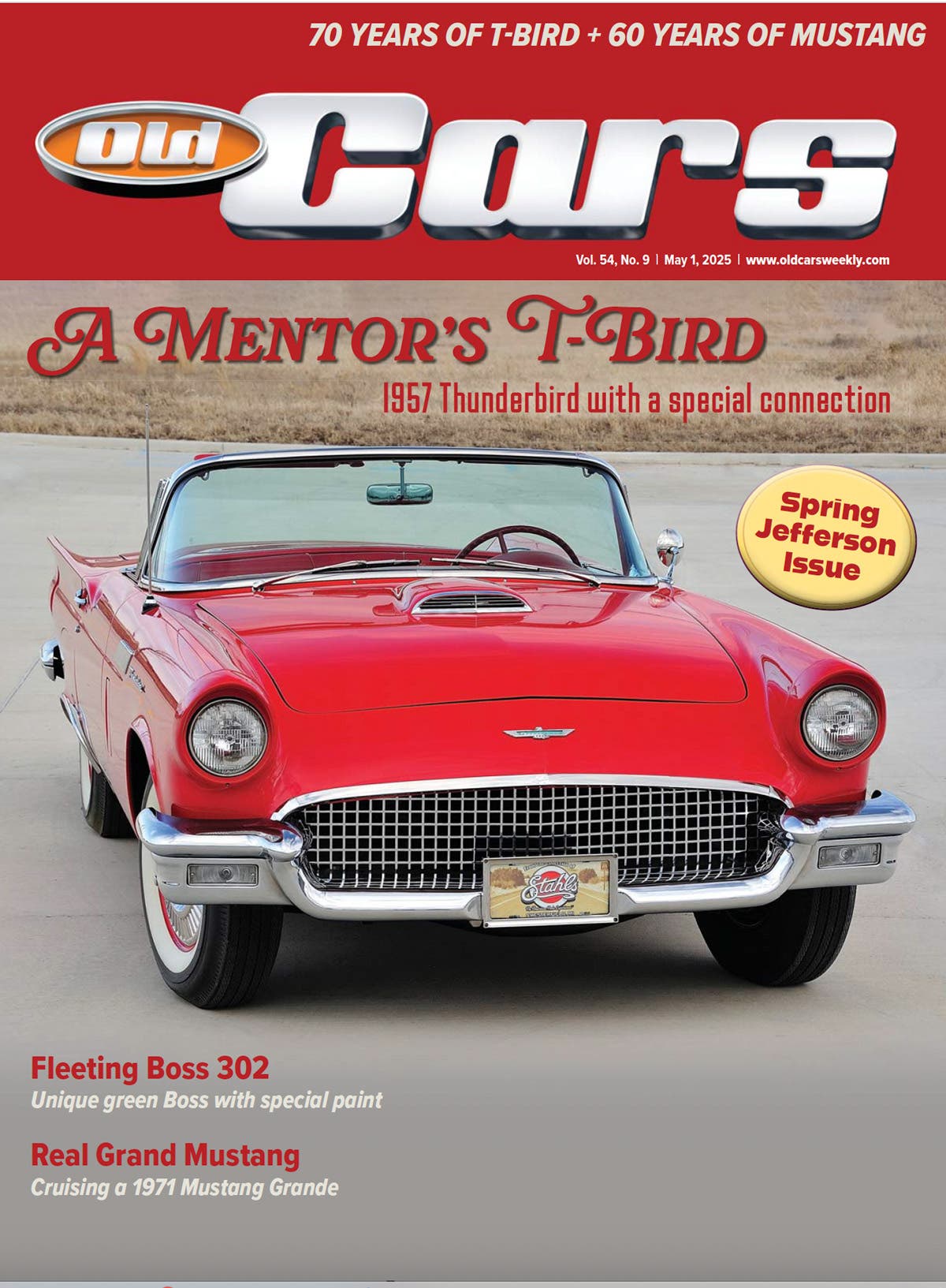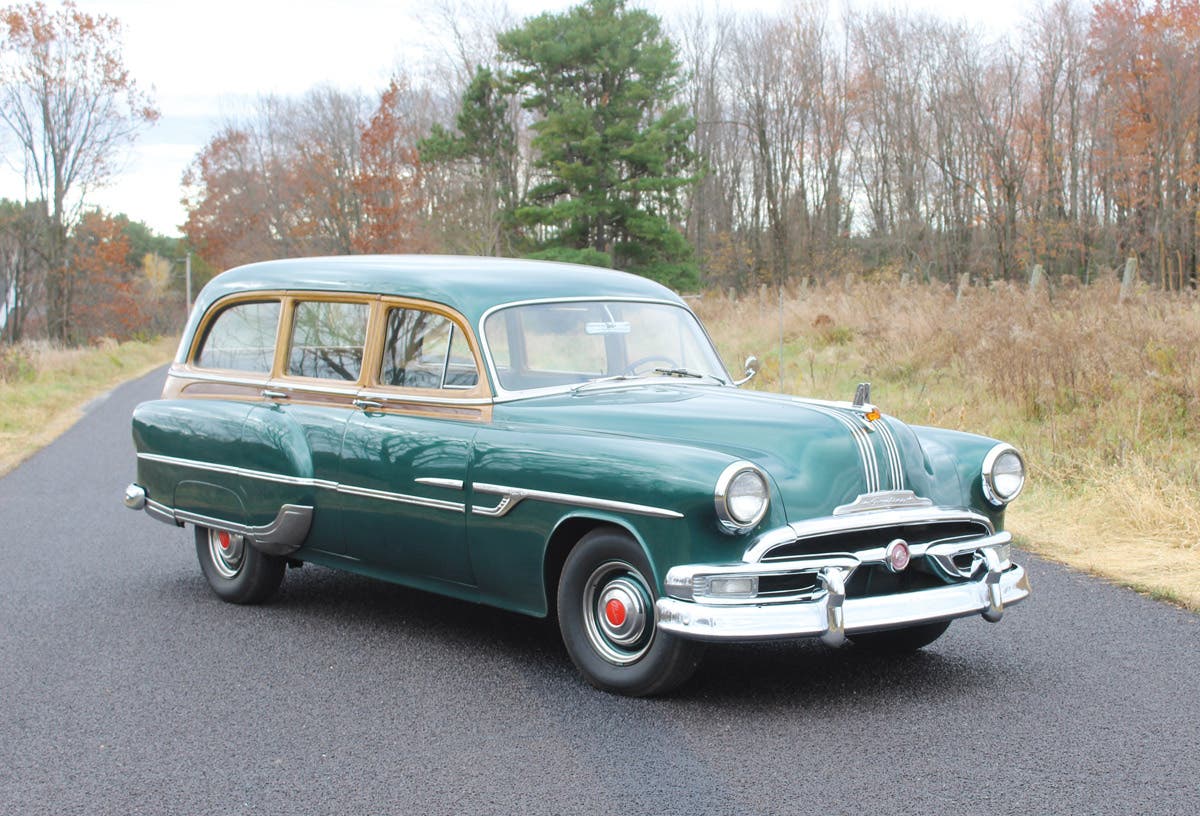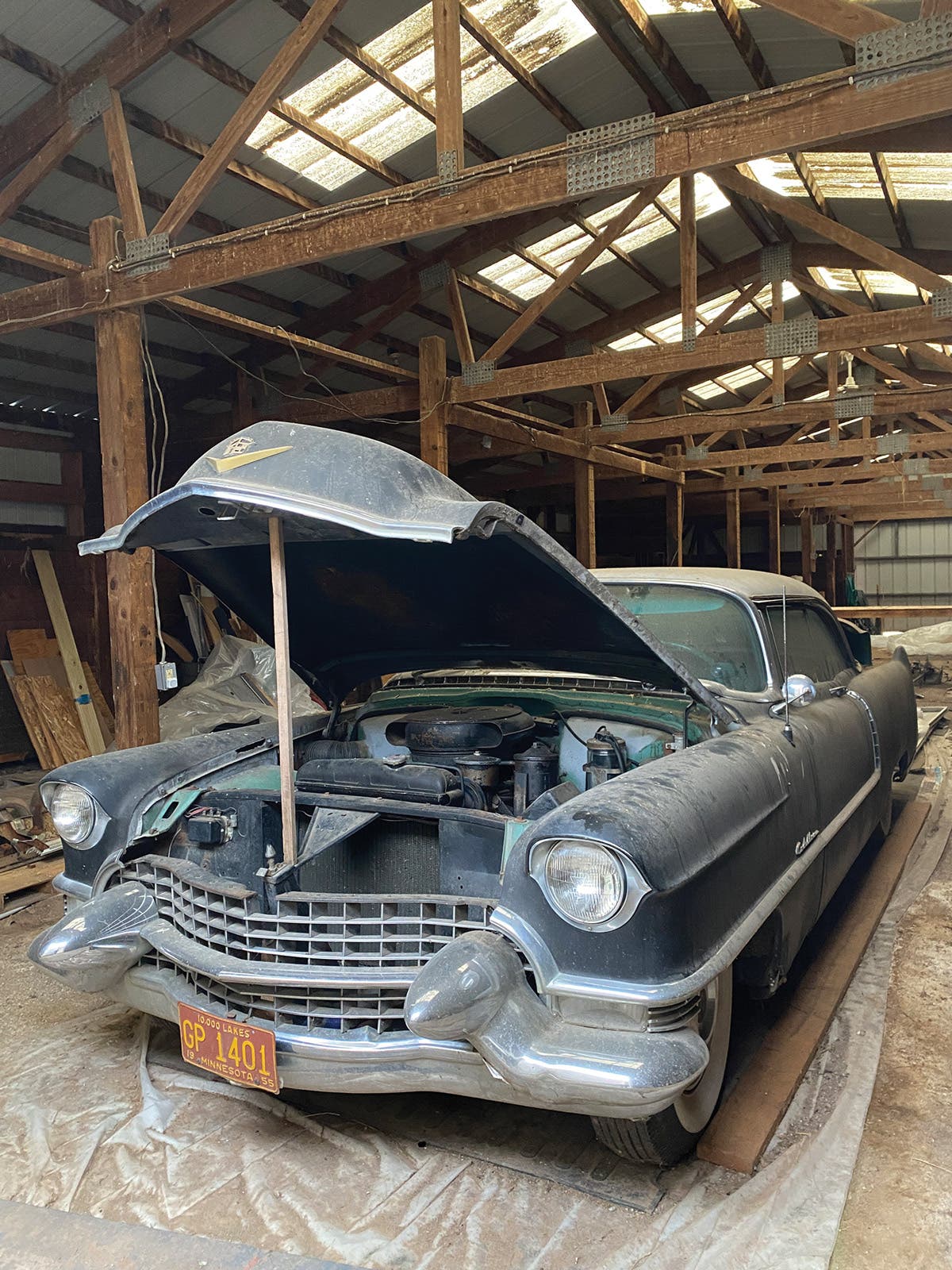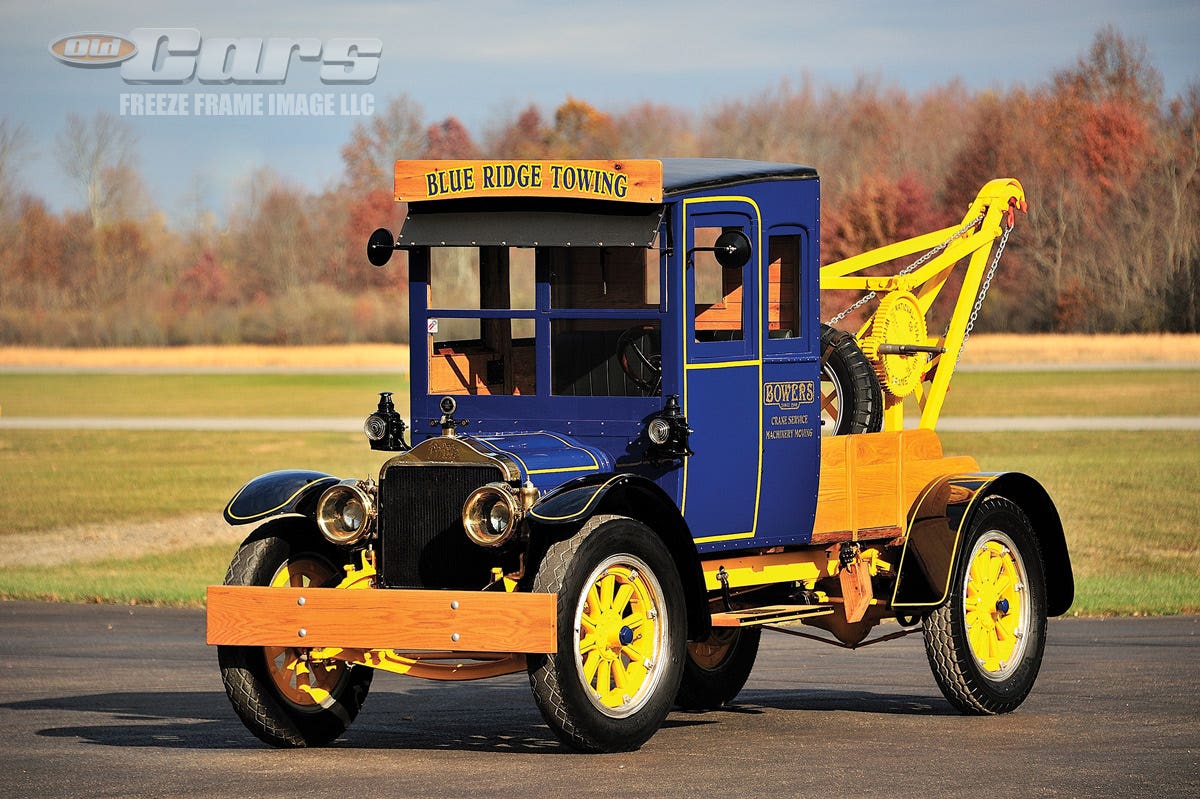The Sheldon: Alaska’s first car
Car made from buggy wheels, bar stools and a 2-cycle marine engine
The first automobile of Alaska was a car built by Robert “Bobby”
Sheldon in Skagway, Alaska.Photo supplied by Candy Waugaman
You can thank a woman for Alaska’s first contribution to the history of the automobile … well, sort of. Actually, the official credit goes to a love-struck young man of 21 named Robert E. “Bobby” Sheldon. The Skagway resident built a two-seat runabout in 1905 with the aim of winning the charms of a young lady who was also being courted by a fellow with a fancy horse and carriage.
Sheldon had never seen a real car before, but fashioned his own from buggy wheels, bar stools, a two-cycle marine engine and some wood and tin using pictures from a magazine as his guide. Sheldon never won the woman’s heart, but fortunately, he kept the car, and became Alaska’s foremost automotive pioneer.
Nancy DeWitt, historian at the Fountainhead Antique Auto Museum in Fairbanks, has spent hundreds of hours researching Bobby Sheldon and the history of motoring in Alaska. She said Sheldon was a colorful character whose accomplishments included being the first motorist to navigate the rugged 360-mile Fairbanks-Valdez Trail by automobile — a Model T. It was Alaska’s first major road, completed three years earlier, but was little more than an improved wagon trail. It took Sheldon four days to complete the ride and it helped pave the way for Sheldon’s “auto stages,” based in Fairbanks, where passengers were shuttled by car between the coast and Alaska’s interior.
A postcard showing Bobby Sheldon with one of the Pope Toledo’s
he used as an “auto stage” to shuttle people from the coast to
Alaska’s interior. Photo supplied by Candy Waugaman.
It was Sheldon who brought the first Model T to Fairbanks. “The first Model T’s in Alaska were worked to death. Folks would take the bodies off and turn them into trucks and make them into workhorses. Very few survived,” DeWitt said. To navigate the wagon trails, Sheldon shortened the axles so the tires would fit into the wagon tracks. By the 1920s, he incorporated Studebakers into his auto stage business.
Sheldon went on to become an Alaska road commissioner, lobbying to improve the Valdez Trail and the road system throughout the state. He served in Alaska’s Territorial Legislature, was a Fairbanks postmaster and served in the House of Representatives, First State Legislature, when Alaska was granted statehood. He died in 1983 at the age of 99.
By 1934, he had already donated his Sheldon car to the Alaska College Museum in Fairbanks. For 30 years, it was part of the Southeast Alaska Gallery in the University of Alaska Museum of the North. It is now on loan to the Fountainhead Antique Automobile Museum, where it will be on display for the next five years officially beginning May 17.
There is some evidence that the Sheldon was originally powered by a Gray marine engine. The car is currently equipped with a marine engine, but not a Gray, and DeWitt said the museum is trying to establish the whereabouts of the original engine, if it does exist.
“We plan to do a little preservation while it’s here,” DeWitt said of the Sheldon car. “We’re not restoring it, just preserving it, and of course, we’ll be trying to reunite it with its original engine.”
DeWitt noted that it was a Pope-Toledo that arrived first in Fairbanks, a 50-hp car that was shipped in August 1908 via the Yukon and Tanana Rivers. David Lahti was the owner and he used it to haul people between mining camps and Fairbanks.
A 42-hp Franklin and a 30-hp White Steamer were next to come, soon followed by a Thomas Flyer, a Pierce Great Arrow and another Pope-Toledo. A 20-hp REO runabout was deemed unworthy of Alaska travel, never made it off the ship and was sent back to Seattle. The White steamer was pushed into the Chena River to help slow bank erosion one spring, but was fished out and is now in Stockton, Calif.
Nome’s first car was likely a Thomas Flyer, which DeWitt said was also the first marque to reach Valdez during the 1908 New York-to-Paris race. Juneau’s first auto was a Pope-Hartford.
DeWitt noted that automobiles have not been given much historical notice in Alaska; it was the airplane that really made an impression. “As soon as the airplane arrived, it really took over. It was a revolutionary way to get around in those road-less areas” DeWitt said, “You read a lot about Alaska’s aviation pioneers, but very few people know who Bobby Sheldon was.”
DeWitt and her colleagues at the Fountainhead Antique Auto Museum are making every effort to change that.
A great resource for the history of American cars, both obscure and popular
1.Standard Catalog of American Cars 1805-1942, 3rd edition,
By Beverly Rae Kimes & Henry Austin Clark, Jr.
MORE RESOURCES FOR CAR COLLECTORS FROM OLDCARSWEEKLY.COM



